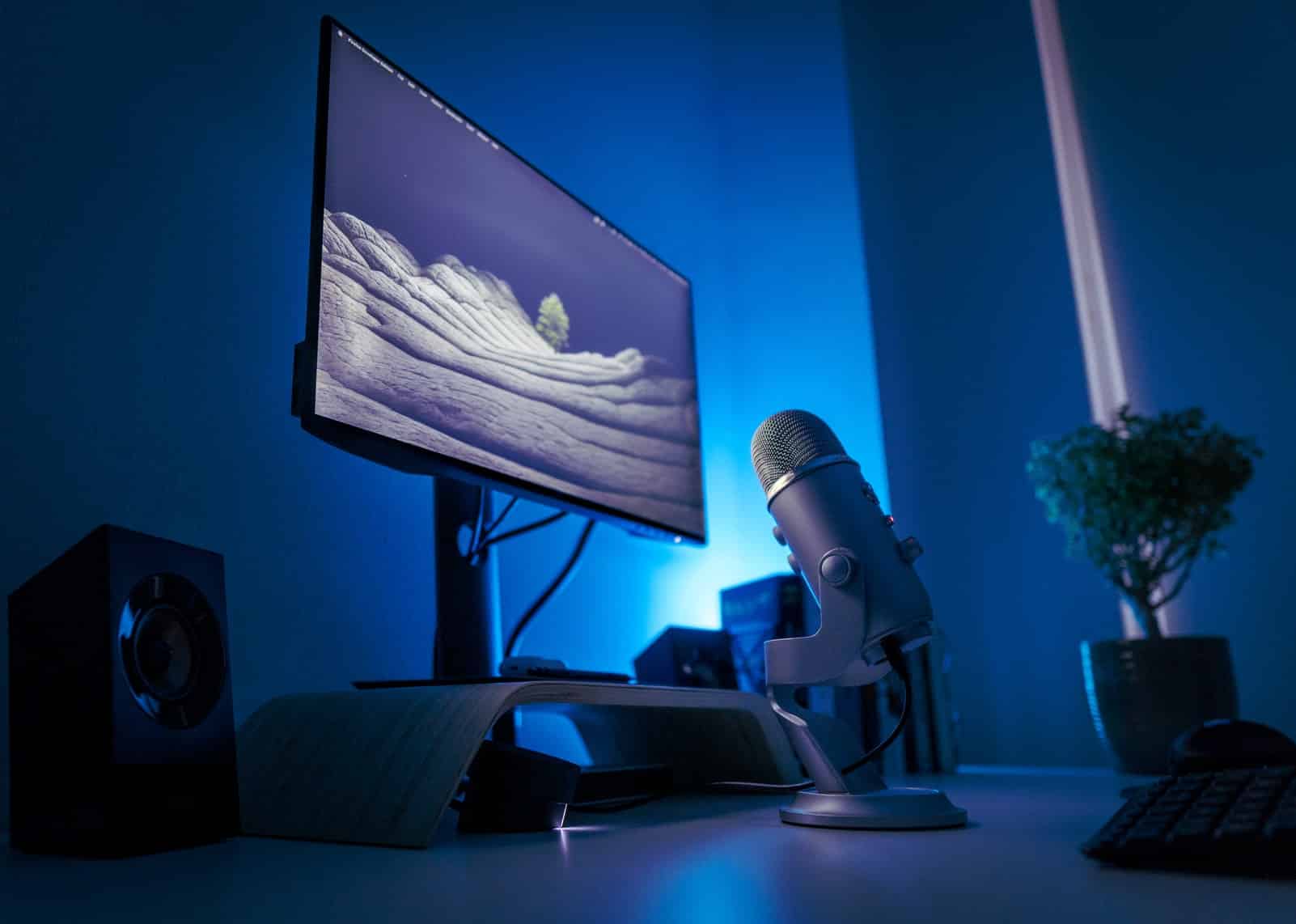Capture cards are necessary when you need to capture footage from a game console or another PC that where you are gaming. Whether you use an internal capture card or an external one, you will need to connect it to your streaming software to capture game footage for Twitch.
In this article, I will discuss what to look for in a capture card, the best capture cards, and answer some frequently asked questions about the best capture cards for streaming.
What Capture Card Do Most Streamers Use?
Two of the best capture card manufacturers are Elgato and AVerMedia. Both carry a large range of internal and external models. I compiled this list to outline my top picks and explore some of the main features and key differences. The type of computer or streamer each model is best suited to is indicated in the product description.
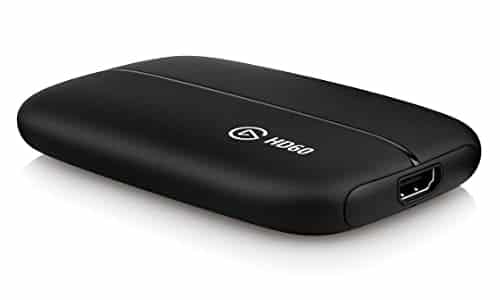
Elgato Game Capture HD60
The Elgato Game Capture HD60 is the best external capture card for any streamer with an older generation console, such as the PlayStation 4, Xbox One, or other gaming consoles. Not only does this capture device ensure that you are streaming quality footage, it has a sleek design that will look good on any desk.
Some of the Elgato capture card’s features include:
- Crisp and smooth 1080p and 60 FPS streaming and recording capabilities.
- Ultra-low latency while streaming.
- Flashback recording allows you to save your gameplay footage retroactively.
- USB 3.0 interface.
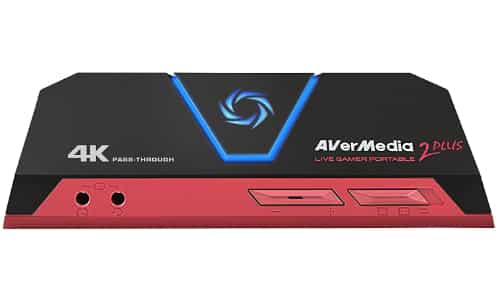
AVerMedia Live Gamer Portable 2 Plus
The AVerMedia Live Gamer Duo capture card is perfect for gaming consoles due to its portability. With this capture device, you will be able to pass 4K footage through while recording at full HD. You can also hook your headset to the device to easily add commentary over your game capture. It also has built-in audio mixer controls.
Some of its main features are:
- Built-in H.264 encoder, which takes some workload off of your CPU.
- Its H.264 encoder also allows you to record gameplay on a MicroSD card, without having a PC nearby.
- 4K passthrough, meaning that you can game in 4K while recording or streaming at 1080p and 60 FPS.
- Allows you to capture party chat on a console and your own commentary.
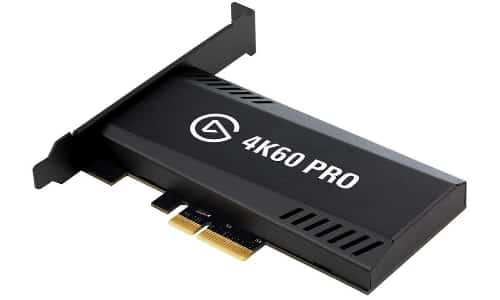
Elgato Game Capture 4K60 Pro
This internal capture card is best for PC gamers streaming on a separate gaming PC. It allows you to capture footage at a high, crisp quality so that you can stream gameplay to your audience at max output resolution. Elgato is known for creating both internal and external capture cards that are top-notch and will meet all your needs.
The Elgato game capture card has the following features:
- 4K60 and HDR recording capabilities.
- Must be installed within the PC case and has 4 PCIe slots.
- Lag-free 1080p240 and 1440p144 passthrough.
- Flashback recording allows you to save your gameplay footage retroactively.
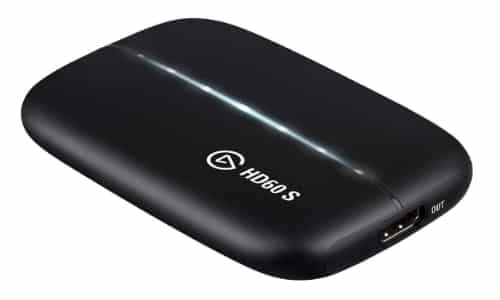
Elgato Game Capture HD60 S+
This is the best external capture card for gamers who stream from a PlayStation 5 or Xbox Series X/S. The Elgato Game Capture HD60 S+ has many great features, including:
- 4K60, HDR passthrough, meaning you can play your game in 4K60 while streaming at 1080p, HDR, and 60 FPS.
- You can also stream in 4K resolution, but only at 30 FPS.
- Ultra-low latency while streaming.
- Flashback recording allows you to save your gameplay footage retroactively.
- USB 3.0 interface.
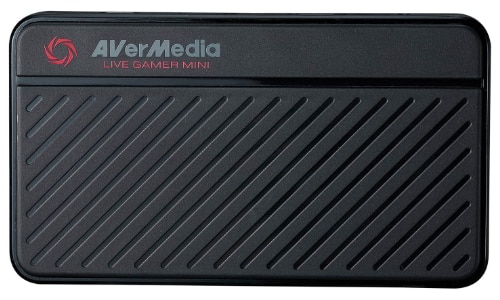
AVerMedia Live Gamer Mini
The AVerMedia Live Gamer Mini is the best budget external capture card. It boasts many features that more expensive capture cards lack, such as:
- Built-in H.264 encoder, which takes some workload off of your CPU.
- Full 1080p high definition and 60 FPS recording and streaming capabilities.
- Zero-lag passthrough, so that you can monitor your gameplay without any latency.
- Plug and play, and super easy to use.
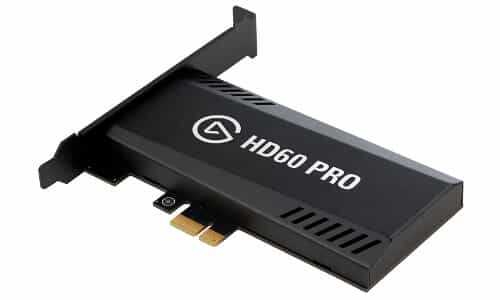
Elgato Game Capture HD60 Pro
The Elgato Game Capture HD60 Pro is the best internal capture card for gamers on a budget. Its wide array of features include:
- 1080p and 60 FPS streaming and recording capabilities.
- Built-in H.264 encoder that relieves some workload from your PC while streaming.
- Lag-free passthrough, so that you can monitor your gameplay on your PC.
- Flashback recording allows you to save your gameplay footage retroactively.
- 1 PCIe interface.
What to Look for in a Stream Capture Card
There are six important factors to take into consideration when purchasing a capture card:
-
1. Image Quality/Resolution
This is perhaps one of the most important things to take into consideration since this will directly affect the quality of your stream. If you have the budget, you’ll want a capture card that at least captures in 1080p.
Some streaming platforms, such as Twitch, currently don’t support 4K streams, so 1080p is the highest resolution you can stream in. Some people who have a higher budget and have an extremely powerful PC can consider purchasing a 4K capture card in order to produce extremely high-quality videos.
-
2. Frame Rate
Currently, the gold standard for capturing footage is at 60 frames per second (FPS), so this should be your target when purchasing a capture card. Anything less would be sub-standard.
-
3. Type of Input and Interface
The most common type of input for a capture card and modern console is HDMI. Older consoles use component cables so if you want to stream more retro games, you’ll need a capture card that features component cables instead of HDMI. As for the interface, most capture cards will be USB, but some will have a PCIe interface, which reduces recording delays.
-
4. Internal/external
Some capture cards are external, meaning that they are mobile since they don’t need to be directly installed into a PC. This is great for content creators that may stream or record footage from different locations. Other capture cards are internal (often with a PCIe interface), meaning that it needs to be installed within the PC. Obviously, this is better for streamers who intend on streaming from one specific location.
-
5. Software
Most capture card manufacturers develop their own streaming, recording, and editing software. Some are obviously more advanced and user-friendly than others. Personally, I use a third-party streaming software, namely OBS or Streamlabs, to record and stream footage, and you can use free third-party software as well.
-
6. Video/Audio
Some of the more affordable capture cards only capture the video signal, but not the audio signal. It’s important when purchasing a capture card, especially the cheaper ones, to verify that it captures both video and audio.
Frequently Asked Questions
Conclusion
We hope this review of the best capture cards for streamers will help you find the product you need. Whether you want to stream gameplay from a console or a second PC, you will need to connect it to the streaming software of your choice.

Alex
Alex, also known as CallMeB27, is a Twitch streamer from Montreal, Canada. He earned his Master’s Degree in Business, Management, and Operations from Georgetown University. His biggest passions include video games, sports, and traveling.

